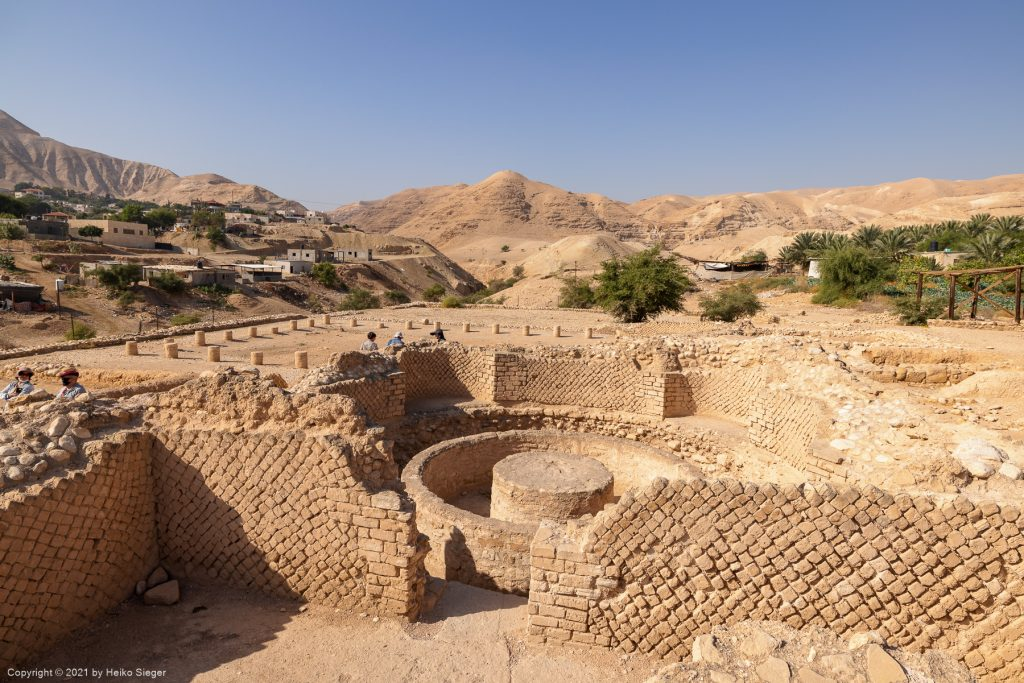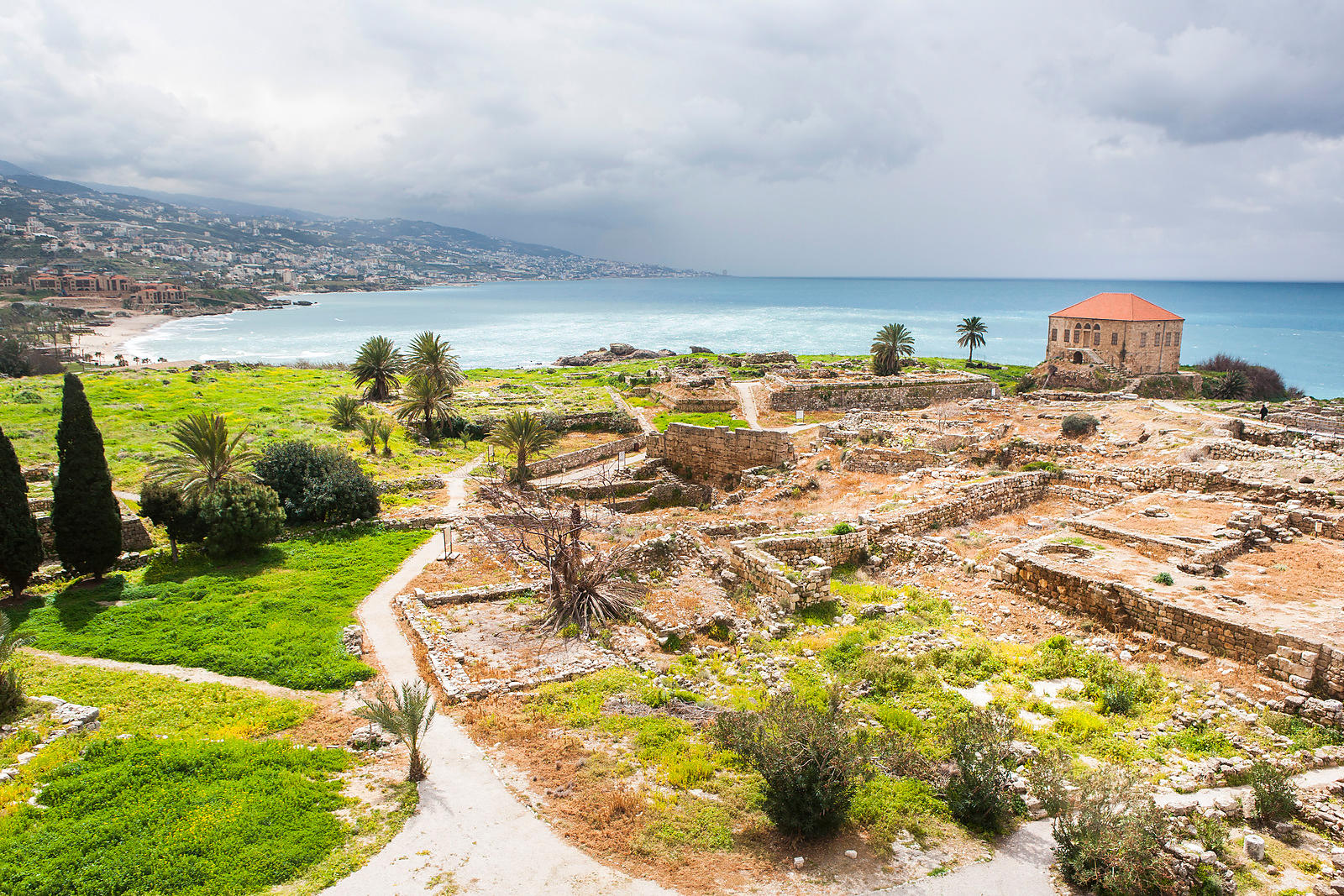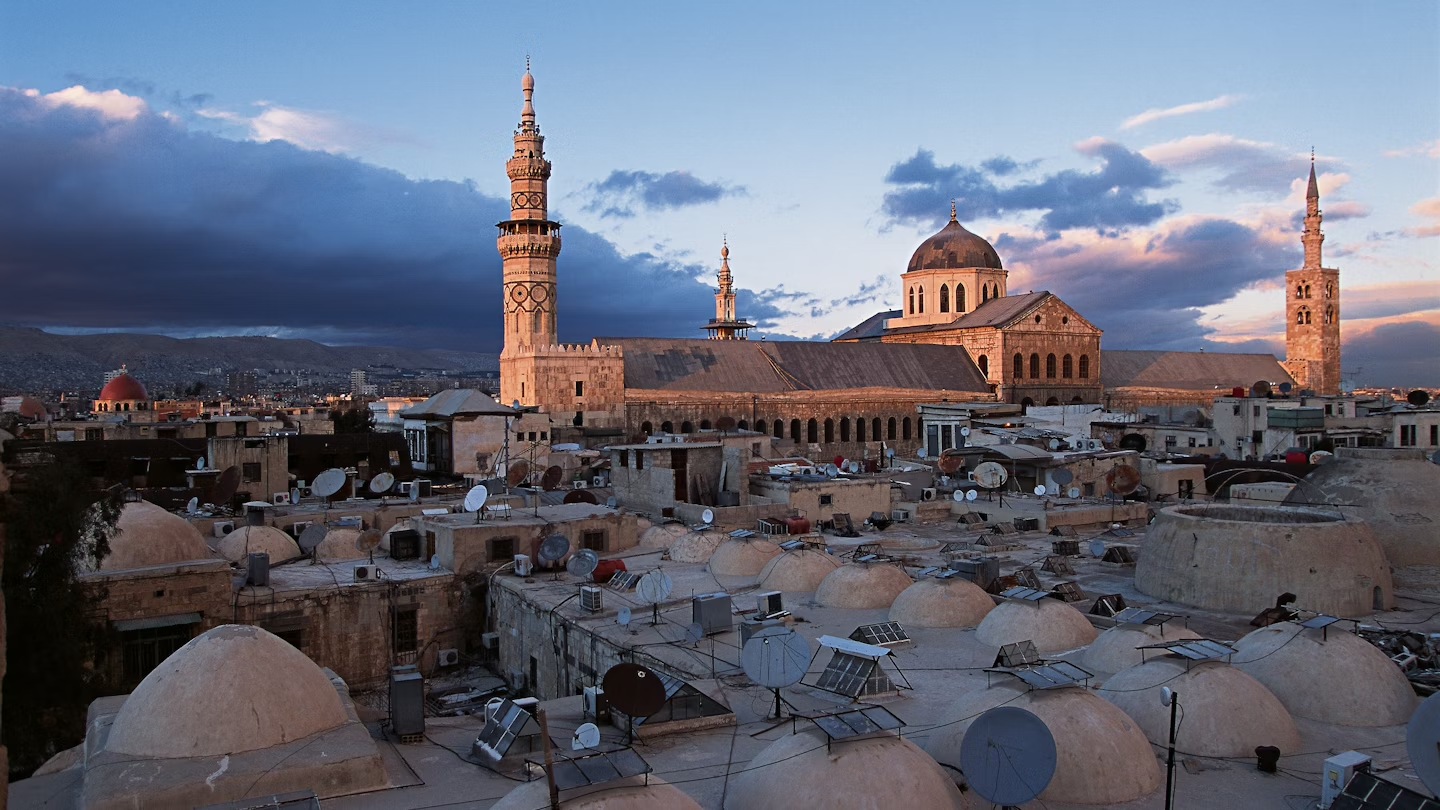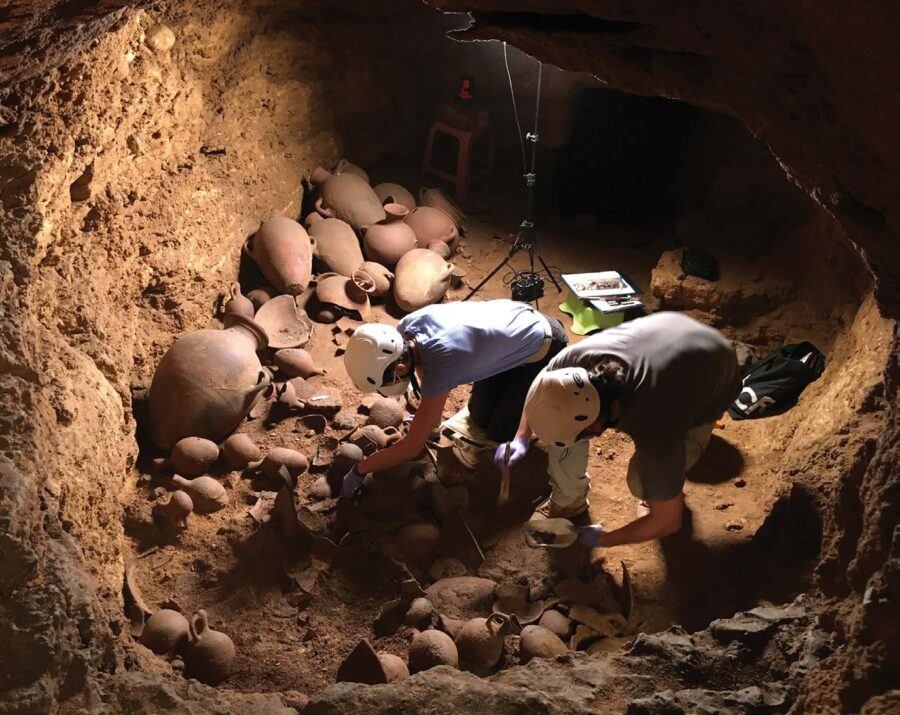Table of Contents
- What Makes a City the Oldest?
- Defining Ancient Cities and Their Timeless Legacy
- Top Candidates for the Title of the Oldest City
- Jericho: The Ancient City of the West Bank
- Byblos: Lebanon's Historic Coastal City
- Damascus: A Rich History in the Heart of the Middle East
- Archaeological Findings and What They Reveal
- Excavations in Jericho and Byblos
- Ancient Architecture and Urban Planning
- How Old is the Oldest City Really?
- Debates Around Dating Ancient Settlements
- Cultural Significance of the Oldest Cities
- How Ancient Cities Shaped Modern Civilization
- Conclusion
Oldest City in the World
What is the oldest city in the world? Grab the snack and read on to satisfy your curiosity. The history of the world’s cities dates back thousands of years. People started constructing towns when they evolved from hunter-gatherers to farmers who tamed plants and animals for sustenance.
Those villages eventually developed into permanent, heavily populated, and well-organized communities that served as hubs for trade and culture and were governed by governments when agricultural advancements allowed for the sustained growth of populations.
Numerous ancient cities were situated next to rivers and lush farmland, which supplied water for irrigating farming fields and transporting the crops they produced to other markets.
At some point in human history, our forefathers decided to urbanize, creating expansive metropolises in which to live and work. Which of these historic centers of culture and commerce is the oldest city?
Some of them have been inhabited since they were built, and some are still standing today. For centuries, if not millennia, the ground beneath these oldest cities in the world and possibly some of their walls has throbbed with the rhythm of constant human occupation. Plan your next discovery by aiming to know what’s the oldest city in the world.
What Makes a City the Oldest?
These “timeless old cities” evoke a feeling of nostalgia and respect for the timeless and ancient. They provide something special. For history enthusiasts and leisurely tourists who prefer in-depth exploration of the oldest city in the world, it will be a true satisfaction to learn more about the pearls of the past.
Although, ironically, this may occasionally apply just as well to a “village” or “settlement,” in the ancient world, a “city” was typically defined as an urban center with a dense population and a certain pattern of buildings radiating out from a central religious complex, such as a temple. Although urban development existed for centuries before Rome, the name “city” comes from the Latin civitas.
Defining Ancient Cities and Their Timeless Legacy
Ancient towns are among the most well-known, timeless vacation destinations. They are places where time seems to have stopped, and visitors can enter the past.These cities, frequently the ruins of long-gone civilizations, are more than just travel destinations; they are living examples of human success and tenacity, providing tourists with an immersive experience that links them to the first societies on Earth.
Natural regions and historic cities are examples of cultural resources that possess a timeless aspect. Rather than being simple historical relics, these locations are vibrant expressions of human creativity, spirituality, and tradition.
Not only are such places vital for their preservation, but they also continue to shape their residents’ identities, which is why several of them have been named culturally significant by UNESCO. Timeless locations offer a deep sense of continuity and a link to history, environment, and culture, making them more than just tourist attractions.
For travelers seeking something beyond the transient thrill of modern travel, these places present a unique opportunity to stop and take in the world’s enduring beauty. How do you find the idea to explore in more detail the topic of what is the oldest city?
Top Candidates for the Title of the Oldest City
Cities that have been continuously inhabited for thousands of years are some of the oldest that humanity has ever encountered. Even though they have seen important historical events, cultural shifts, and the rise and fall of empires, these ancient cities are still thriving and occupied today.
Here, we examine the cities and try to find out the oldest city in the world with a fascinating past and a tale to tell.
Jericho: The Ancient City of the West Bank

According to the Ancient History Encyclopedia, this location, in the Palestinian territories, is a strong contender for the oldest continuously inhabited city in the world. It dates back to around 9,000 BC.
The Wall of Jericho, which was constructed in 8000 BCE, is regarded as the oldest city wall in the world and is one of the most impressive archaeological discoveries in the city. Several groups have lived in and established themselves in Jericho throughout its history, and the Bible even mentions it.
Byblos: Lebanon’s Historic Coastal City

Byblos, Lebanon, is the oldest town in the world. It is situated 25 miles (40 kilometers) north of Beirut on a sandstone cliff along the Mediterranean coast. UNESCO claims that it was constructed on a site once inhabited by fishermen around 6000 BCE.
About 2,000 years later, Byblos emerged as a significant port for transporting cedar and other wood to Egypt, finally becoming a large metropolis. By 1100 BCE, Byblos had grown to be a major Phoenician city, and throughout the ensuing years, it was incorporated into the Roman, Byzantine, Crusader, and Ottoman countries.
Byblos is one of the oldest cities in the world today. It has about 100,000 residents, many of them Syrian refugees.
Damascus: A Rich History in the Heart of the Middle East

Damascus is another historic city in the Middle East that has played a significant role in the region’s culture and economy. Although there is no definitive date for its establishment, archaeologists generally concur that the first habitation in the vicinity of the city walls occurred at least three thousand years ago.
However, archeological evidence suggests that people may have lived in the area immediately outside of Damascus as early as 10,000–8,000 BCE, suggesting that people may have been there far earlier.
Damascus gained significance for the people who lived there, including the Greeks, Romans, Arab Muslims, Seljuq Turks, and Ottoman Turks, regardless of when the city was initially populated. The architectural and cultural customs that these civilizations left behind in Damascus are still evident today.
Archaeological Findings and What They Reveal
Archaeologists study ancient humanity using a variety of artifacts. Results can occasionally be interpreted differently depending on the data. Discoveries from archaeology reveal mysteries and cast doubt on our conceptions of human history.
Excavations in Jericho and Byblos

Jericho is best known as the oldest city in the world where the walls collapsed. About 8000 BCE, the ancient Neolithic settlement in Jericho was surrounded by enormous stone walls known as the Walls of Jericho.
These walls, at least 13 feet (4 meters) high and supported by a watchtower or redoubt about 28 feet high, were to protect the settlement and its water supply against human attackers.
The first technology discovered by archaeologists that can be clearly attributed to exclusively military uses is found in the walls of Jericho, even if hunting weapons had been used for generations.
Regarding Byblos, a very old Phoenician Royal Necropolis was discovered during Monsieur Montet’s excavations.
The Byblos archaeological site was excavated over approximately five and a half hectares over a forty-three-year period, and the entire site was returned to virgin soil.
Evolution was sluggish because of the excavating technique; for instance, it took three years from the time an obelisk tip first formed until it was shifted.
Since everything is interesting and regarded as a human contribution, it has been believed that there are no sterile layers.Some have identified 36 layers at the Byblos site.
Ancient Architecture and Urban Planning
Ancient civilizations like Rome, Athens, and Babylon based their urban planning on hierarchy, symmetry, and order. These cities, which were intended to exude a feeling of grandeur and power, featured massive buildings and public areas that functioned as hubs for social interaction.
One of the numerous ways that ancient city planning impacted contemporary urban design is through the application of axial planning, a scheme that centers buildings and roadways around a central axis.
How Old is the Oldest City Really?
The oldest towns in the world are still inhabited, outliving all previous and subsequent generations. They date back thousands of years to the prehistoric age.
Civilization existed long before the Sumerians established their towns along the Tigris and Euphrates, despite Mesopotamia being commonly considered the birthplace of civilization. Before the great empires of Sumeria and Egypt were constructed, humans lived worldwide.
Damascus is the oldest city in the world, approximately 11,000 years old, and has witnessed the rise and fall of numerous major civilizations. Can you imagine the greatness of this city? It is also known as the capital of Arab culture.
Historical data and research findings indicate that the first people lived in Damascus in the second half of the seventh millennium B.C. Being the world’s oldest continuously inhabited city, it is also a major hub for Arab culture.
Debates Around Dating Ancient Settlements
Dating ancient settlements involves a lot of controversy and detective work. While cities like Jericho, Byblos, and Damascus compete for the title oldest in the world, pinpointing the exact ages is extremely difficult. When the results are near, carbon dating might cause conflicts since it struggles with anything older than 50,000 years.
Although pottery, tools, and building layers are employed, controversy occasionally arises regarding whether a fragment from the uppermost layer can accurately depict the city’s actual founding.
Every new finding raises the question: Is this a newer phase or the beginning of the city? Furthermore, determining the exact beginning of a colony inhabited for thousands of years involves a combination of science, conjecture, and much history-loving discussion.
Cultural Significance of the Oldest Cities
Being the origins of human civilization, the ancient towns are extremely significant culturally. In addition to being locations to dwell, cities like Jericho, Byblos, and Damascus were centers of early human invention and success. Here’s why they’re significant:
- Cradles of agriculture. These cities were among the first to embrace farming, which helped people move from wandering to permanent settlements.
- Centers of trade. These were important locations along historic trade routes that promoted the interchange of products, concepts, and cultural practices.
- Writing birthplaces. The first writing systems appeared in these cities, establishing the groundwork for literature, communication, and record-keeping.
- Religious and spiritual centers. Temples and religious activities were present in many of these cities, influencing people’s spiritual views for centuries.
- Art and Architecture. The remnants of historic buildings, such as temples and city walls, offer information on early creative and architectural innovation.
- Social and political underpinnings. These communities laid the groundwork for contemporary administration by being the first to establish intricate social hierarchies and political institutions.
The ruins of these ancient cities, whether the oldest city in Europe or Asia, bring our common history to life. They demonstrate how early human communities established the foundation for creativity, resiliency, and civilization.
How Ancient Cities Shaped Modern Civilization
Ancient cities laid the foundation of contemporary civilization. Not only were Mesopotamia, Egypt, the Indus Valley, and Mesoamerican cities early settlements, but they also played a key role in forming urban life, culture, and governance.
They laid the groundwork for how we construct and live in cities today by introducing the idea of structured cities with well-organized layouts and public areas. The first laws, such as Hammurabi’s Code in Babylon, laid the foundation for legal systems that still impact contemporary justice.
Another way these towns spurred economic innovation was by establishing markets and trade routes that developed into money and commerce systems currently in use in the global economy. Technological developments have impacted modern engineering and urban planning, from the intricate infrastructure of Babylon to the irrigation systems of the Indus Valley.
Ancient cities like Athens and Rome produced works of art and culture that had a lasting impact on Western philosophy, literature, and art, inspiring movements like the Renaissance. These early hubs of civilization led to religious and philosophical concepts that spread worldwide, influencing ethical frameworks and beliefs that still exist today.
Ancient cities have influenced modern civilization in every sphere of life, including law, technology, business, art, and thought.
Conclusion
Many ancient communities compete for the title of oldest city in the world, making it difficult to determine. These cities demonstrate the shift from nomadic to organized existence and tell tales of early human creativity, culture, and tenacity. The argument emphasizes how complicated it is to trace the origins of human civilization and how deep our shared history is.
Whether it’s a piece of pottery or an old wall, every find advances our knowledge of how our forefathers established the framework for contemporary society. The quest to find the oldest city reminds us of our rich and dynamic history.
Editor’s Tip
Looking for cheap airfare? Trip.com is known for its low prices, but with promo code 2QLFLYTRIP10, you can save even more: $10 off bookings over $250. Act fast—there are only 500 coupons available, and the offer ends March 31, 2025.
